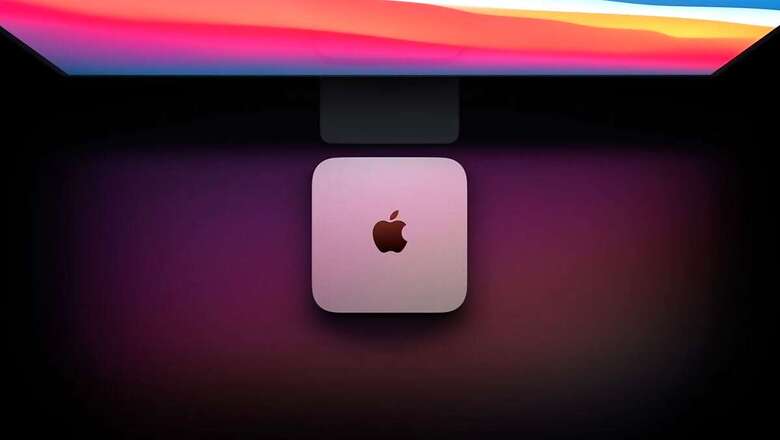
views
Apple’s M1 Silicon chips have been talked upon quite a bit since they were unveiled last month. The new silicon chips have surfaced in many benchmark tests and are said to provide much better performance and power efficiency than the Intel-powered Mac computers. Recently, Apple’s Craig Federighi had said that the Apple M1-powered Mac computers have all the elements in place to run Windows, but it will be up to Microsoft to let Windows run on Macs by changing the Windows 10 ARMs licensing. While M1-powered Macs can’t install, dual boot, or emulate Windows, a developer was successfully able to virtualise ARM Windows on Apple Silicon.
Alexander Graf, a developer from Germany was able to virtualise the ARM version of Windows and not the x86 version. According to Graf, the performance of this Windows layer was quite snappy. Graf was able to virtualise Windows by running the Windows ARM64 Insider Preview by virtualising it via the Hypervisor framework, which allows users to interact with virtualisation technologies in user space without having to write kernel extensions (KEXTs), according to Apple. He utilised the open-source virtualiser called QEMU and added some patches in order to run Windows smoothly. After Graf’s experiment, benchmark scores for the M1 running Windows started surfacing.
Among the benchmark tests, the Geekbench 5 results of Windows ARM running on M1 chip show that the M1 is faster than the Microsoft Surface Pro X. The version running on the M1 Mac scored a single-core score of 1,288 and a multi-core score of 5,449 as against the Microsoft Surface Pro X’s single core score of 765 and a multi-core score of 3,014. This makes the M1-powered Mac about 60 to 85 percent faster than the fastest Windows on an ARM device. Given how M1 is a completely new chip, it isn’t completely surprising. However, this indicates that the M1-powered Macs may also be promising Windows devices, if they are ever made to run on Windows.
While this experiment showcases the Apple Silicon’s prowess, it is not advisable for M1-powered Mac users to run Windows using such techniques. There has been a lot of interest in the M1-powered Mac and its capabilities to run Windows. Recently, Apple’s VP of software engineering, Craig Federighi had said in an interview that it is up to Microsoft to allow ARM version of Windows 10 to be used by Apple. Federighi said that the Apple Silicon-powered Macs have the core technologies to run Windows natively, but it is ‘really up to Microsoft.’
Read all the Latest News, Breaking News and Coronavirus News here


















Comments
0 comment